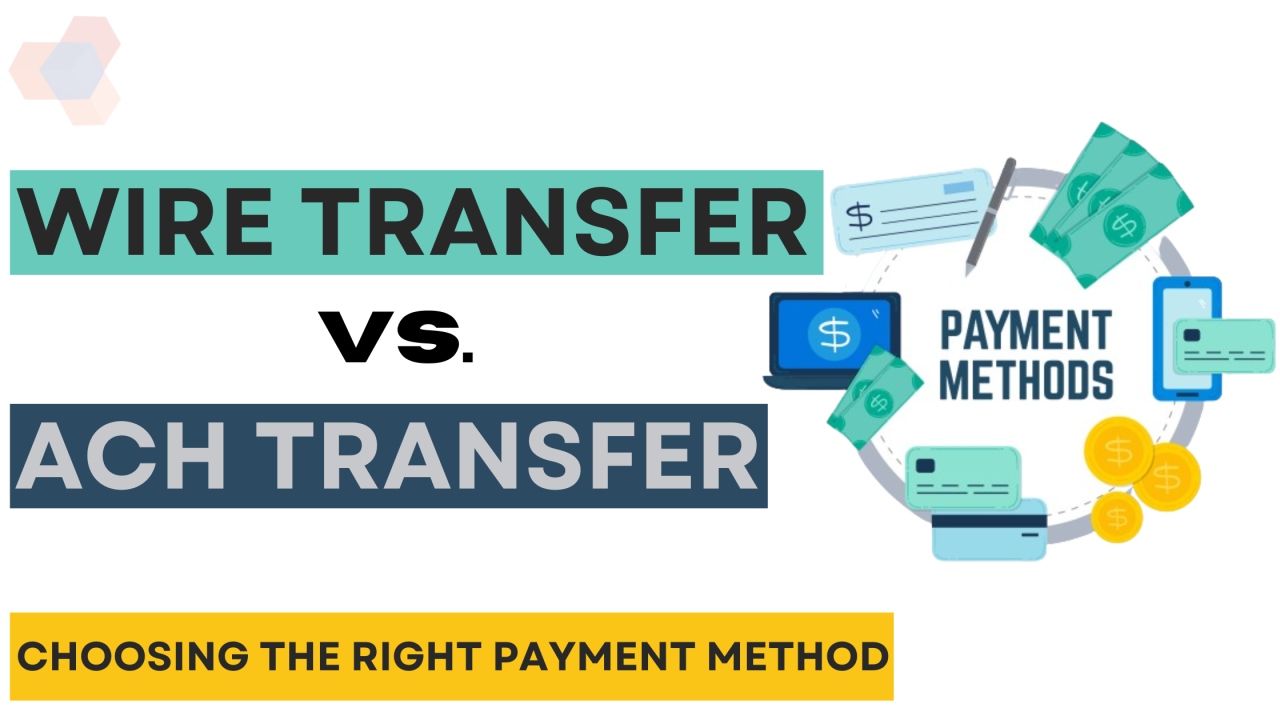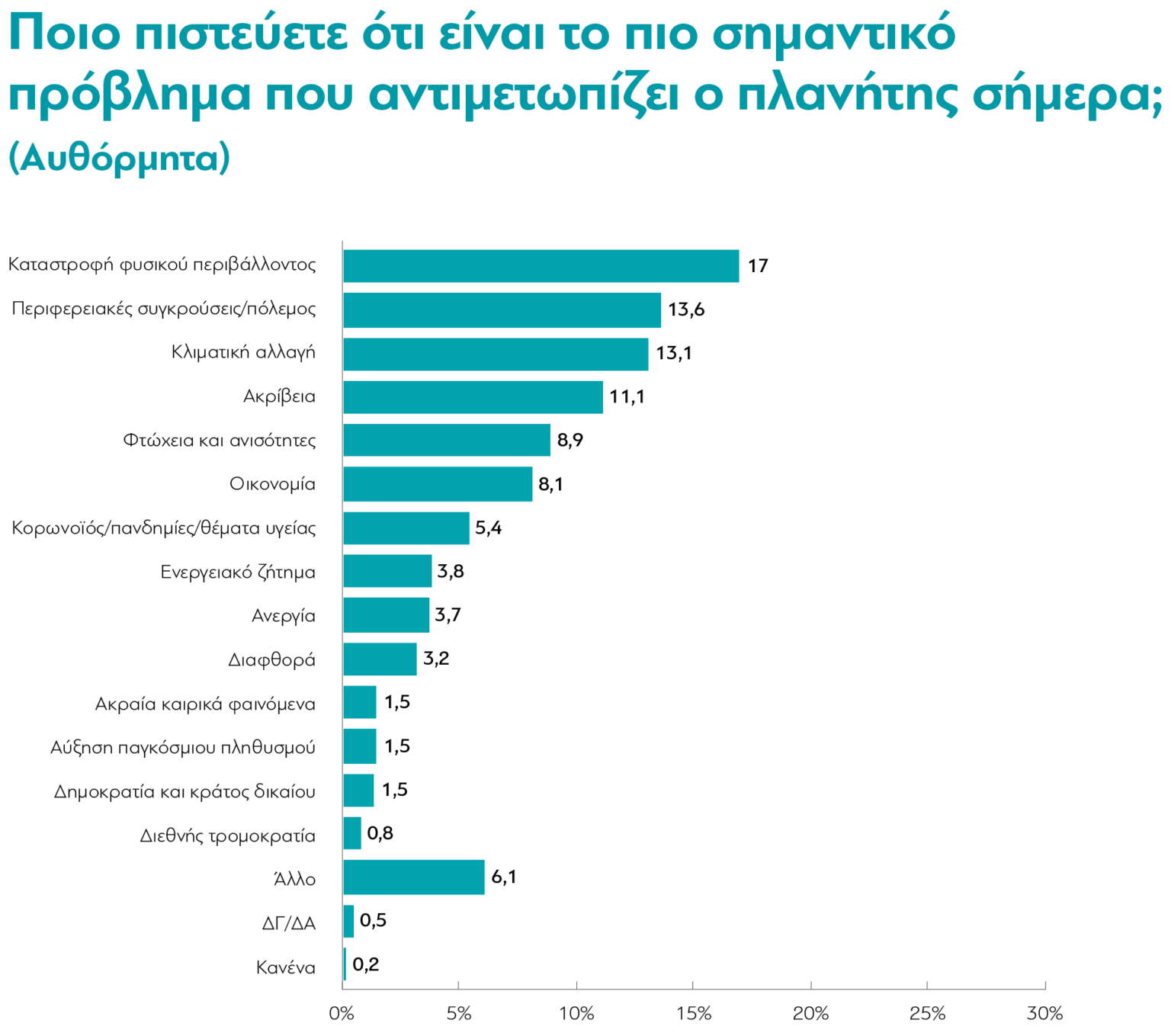Data Transfer Solutions: Choosing The Right Method

Table of Contents
Understanding Your Data Transfer Needs
Before diving into the various data transfer methods, it's crucial to understand your specific needs. This involves assessing several key factors:
Volume and Speed
The size and transfer speed requirements are paramount. Consider these points:
- Size: Are you transferring gigabytes (GB), terabytes (TB), or petabytes (PB) of data? This drastically impacts the chosen method.
- Speed: What's the required transfer speed—megabits per second (Mbps) or gigabits per second (Gbps)? Real-time transfer may necessitate higher speeds.
- Transfer Type: Are you dealing with small files, or massive datasets? Do you need real-time transfer capabilities, or is batch processing acceptable?
Data Security and Privacy
Data security is critical, especially when dealing with sensitive information. Ask yourself:
- Sensitivity: How sensitive is the data being transferred? Does it contain personally identifiable information (PII), financial data, or other confidential material?
- Compliance: Do you need to adhere to specific regulations like GDPR, HIPAA, or PCI DSS? These regulations mandate specific security measures for data transfer.
- Security Protocols: What security protocols are necessary? Encryption (both in transit and at rest), access controls, and secure authentication are essential for protecting sensitive data.
Budget and Resources
The cost and resources required for data transfer vary greatly depending on the chosen method. Consider:
- Budget: How much can you allocate to software, hardware, and potential service providers?
- Expertise: Do you have the in-house technical expertise to manage the chosen solution, or will you require external assistance?
- Cost-Benefit Analysis: Carefully weigh the costs and benefits of each method, considering factors like upfront investment, ongoing maintenance, and potential downtime costs. Consider cloud vs. on-premise solutions and their respective costs.
Exploring Different Data Transfer Methods
Several methods exist for transferring data, each with its own advantages and disadvantages.
Cloud-Based Data Transfer
Cloud services like AWS S3, Azure Blob Storage, and Google Cloud Storage provide scalable and efficient data transfer solutions.
- Advantages: Scalability, accessibility from anywhere with an internet connection, cost-effectiveness (pay-as-you-go models), robust features.
- Disadvantages: Potential latency depending on location and network connectivity, security concerns if not properly configured (requires careful attention to access controls and encryption).
- Examples: Amazon S3 Transfer Acceleration, Azure Data Box, Google Cloud Storage Transfer Service offer various features like versioning and lifecycle management for improved data management.
Physical Data Transfer
This involves physically transporting storage media like external hard drives, USB drives, or tapes.
- Advantages: Simple for small datasets, no internet dependency required.
- Disadvantages: Extremely slow for large datasets, high risk of data loss or damage during transport, limited scalability.
- Considerations: Securely packaging and transporting the physical media is crucial. Using encrypted drives and robust packaging is highly recommended.
Network-Based Data Transfer (FTP, SFTP, SCP)
Protocols like FTP (File Transfer Protocol), SFTP (Secure FTP), and SCP (Secure Copy Protocol) facilitate data transfer over a network.
- Advantages: Secure (especially SFTP and SCP), reliable, widely used and supported.
- Disadvantages: Can be slower than cloud solutions for very large datasets, requires stable network connectivity, potentially requires configuration of servers and firewalls.
- Comparison: FTP is simpler but less secure; SFTP and SCP offer enhanced security through encryption. Consider the specific security requirements when choosing.
Choosing the Right Data Transfer Solution for Your Needs
The optimal data transfer solution depends on your specific circumstances. Consider these factors:
- Data Volume: How much data needs to be transferred?
- Security Requirements: How sensitive is the data? What compliance regulations must be met?
- Budget: What's your budget for software, hardware, and services?
- Technical Expertise: Do you have the in-house skills to manage the chosen solution?
Scenario-Based Recommendations:
- Large Database Transfer: Cloud-based solutions like AWS S3 Transfer Acceleration are ideal for their speed and scalability.
- Sensitive Customer Data Backup: SFTP or SCP coupled with strong encryption are recommended for security.
- Small File Transfer Between Computers: A simple network share or USB drive might suffice.
Key Questions to Ask:
- What's the most cost-effective method for my needs?
- How can I ensure data security and compliance throughout the transfer process?
- What level of technical expertise do I require to implement and manage the solution?
Conclusion
Selecting the optimal data transfer solution is crucial for efficient and secure data management. By carefully considering factors like data volume, security requirements, budget, and available resources, you can choose the method that best meets your needs. Whether you opt for cloud-based solutions, physical data transfer, or network-based protocols, understanding the strengths and weaknesses of each approach will ensure a smooth and reliable data transfer process. Remember to prioritize data security and choose a method that aligns with your budget and technical capabilities. Start planning your optimal data transfer strategy today!

Featured Posts
-
 Goli I Vetem Si Psg Siguroi Fitoren Minimale
May 08, 2025
Goli I Vetem Si Psg Siguroi Fitoren Minimale
May 08, 2025 -
 Ev Mandate Opposition Car Dealers Double Down On Concerns
May 08, 2025
Ev Mandate Opposition Car Dealers Double Down On Concerns
May 08, 2025 -
 Cryptocurrency Investment Van Eck Forecasts 185 Increase
May 08, 2025
Cryptocurrency Investment Van Eck Forecasts 185 Increase
May 08, 2025 -
 Jayson Tatum Faces Ongoing Criticism From Colin Cowherd
May 08, 2025
Jayson Tatum Faces Ongoing Criticism From Colin Cowherd
May 08, 2025 -
 Vesprem Slavi Desetta Pobeda Vo L Sh Po Pobedata Nad Ps Zh
May 08, 2025
Vesprem Slavi Desetta Pobeda Vo L Sh Po Pobedata Nad Ps Zh
May 08, 2025
Latest Posts
-
 Bayern Munich Vs Eintracht Frankfurt Match Preview And Prediction
May 09, 2025
Bayern Munich Vs Eintracht Frankfurt Match Preview And Prediction
May 09, 2025 -
 I Klimatiki Allagi Kai Ta Xamila Xionia Sta Imalaia
May 09, 2025
I Klimatiki Allagi Kai Ta Xamila Xionia Sta Imalaia
May 09, 2025 -
 Nepogoda V Yaroslavskoy Oblasti Gotovnost K Snegopadam
May 09, 2025
Nepogoda V Yaroslavskoy Oblasti Gotovnost K Snegopadam
May 09, 2025 -
 Imalaia Elaxista Xionia Se 23etia Anisyxia Gia To Mellon
May 09, 2025
Imalaia Elaxista Xionia Se 23etia Anisyxia Gia To Mellon
May 09, 2025 -
 Silniy Snegopad Ostavil 45 000 Chelovek V Sverdlovskoy Oblasti Bez Sveta
May 09, 2025
Silniy Snegopad Ostavil 45 000 Chelovek V Sverdlovskoy Oblasti Bez Sveta
May 09, 2025
